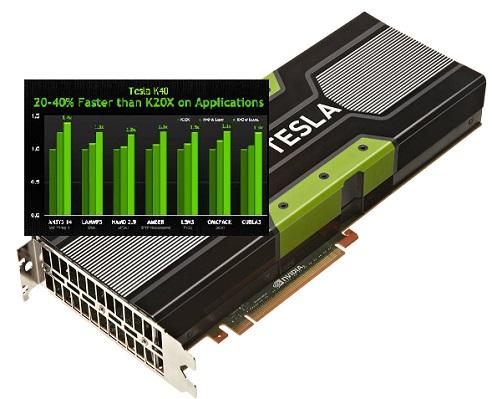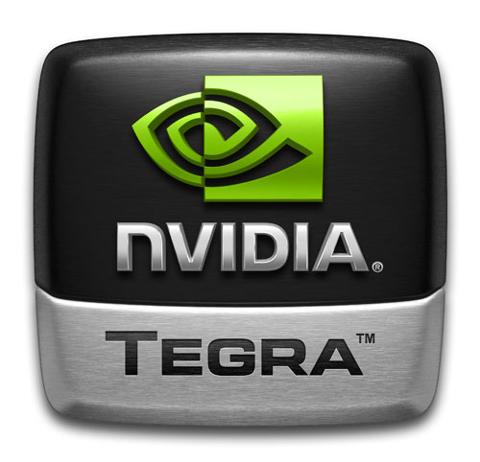Video-game developers who take it as a sign of artistic merit when the graphical intensity of the newest games outstrips the ability of high-end graphics cards to run them may face something of a crisis of purpose this week, as AMD and NVIDIA trade shots over whose new graphics card is a better option for the next generation of supercomputers. Except for the occasional late, lonely, unsupervised nights for game-obsessed operators or sysadmins, supercomputers don't run video games; most use a dual-processor design that relies heavily on graphics processing units as accelerators for the CPUs that do most of the heavy work. Faced with a burgeoning market for supercomputers pushed beyond their normal roles as scientific analysis and simulation engines, and a shrinking market for traditional PCs, graphics-processor unit (GPU) manufacturers AMD and NVIDIA are going head-to-head to compete for the role of accelerator in multi-petaflop supercomputers. NVIDIA, which claims to have invented the use of GPUs as CPU accelerators in 2007, rolled out the newest version of its supercomputing GPU Nov. 18, with a 40 percent increase in performance, 192 additional processing cores, and announcements of support from key supercomputer makers. Those partners include supercomputer-industry granddaddy Cray, Inc., which announced it would use NVIDIA's newest Tesla K40GPU accelerators to replace NVIDIA's existing K20X GPU, especially in versions of Cray supercomputers designed to run big-data analytics on large datasets for corporate customers. It will be available in both Cray CS300 clusters and XC30 supercomputers, according to the company. IBM also announced it will build Tesla GPUs into its Power8-based servers. The new version is based on NVIDIA's Kepler processor architecture, 2,880 CUDA parallel processing cores, dynamic ability to spawn new threads to spread out a workload, support for gen-3 PCIe cards, and 12 GB of GDDR5 memory that can handle data sets twice as large as previous versions of the card, according to NVIDIA. The Texas Advanced Computing Center announced it would build K40 GPUs into the "Maverick" data analysis system due to go live in January. The Top500 list of the world's fastest supercomputers also features NVIDIA GPUs. Titan, the Oak Ridge National Laboratories Cray XK7 that owned the top spot on the Top500 list until it was displaced in June by the Chinese Tianhe-2, was built with 261,632 GPU cores from NVIDIA Tesla K20X cards. The Cray XC30 named Piz Daint, which belongs to the Swiss Scientific Computing Center, fought its way to No. 7 on the fastest-500 list after the addition of 73, 808 Tesla K20X cores, following its No. 42 finish in the Top500 list published in June. In addition to having 12 GB of memory rather than 6 GB as the K20X did, the new NVIDIA GPU has a new version of NVIDIA's CUDA program model for parallel computing that uses a unified memory addressing function, and is able to use software rather than hardware to allow CPUs and GPUs to share memory. AMD, which is new to the supercomputing market, announced its AMD FirePro S10000 12GB Edition graphics card Nov. 14. It ships with 6GB of memory but a 12GB version will ship in the spring of 2014, according to AMD's announcement of the new GPU. The FirePro uses AMD's Graphics Core Next architecture, runs at a reported 1.0 teraflop peak rate for double-precision floating point operations, and supports the OpenCL framework for applications running on multiple platforms, making supercomputer-level graphics processing available to data-intensive business applications, according to Laurent Bertaux, CEO of HPC-application developing company CAPS. "This is a great opportunity for customers to reduce the potential for the bottleneck of data transfer, thus improving overall application performance," Bertaux said in AMD's statement announcing the card. AMD has yet to mount a serious challenge to NVIDIA in supercomputing circles, but will be going head-to-head in competition for spots within datacenter servers, especially following deals such as NVIDIA's distribution pact with IBM and AMD's effort to spread the FirePro S10000 via deals with CAPS and other datacenter-caliber partners. Image:NVIDIA


